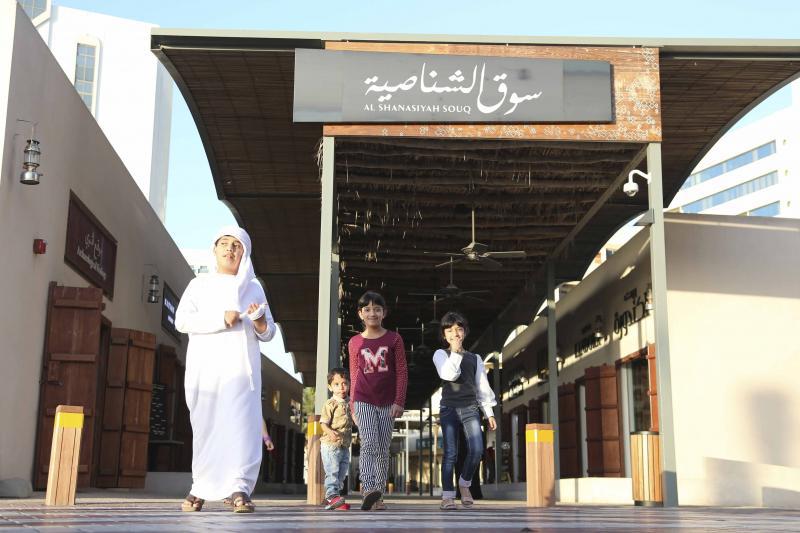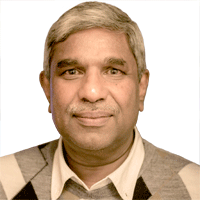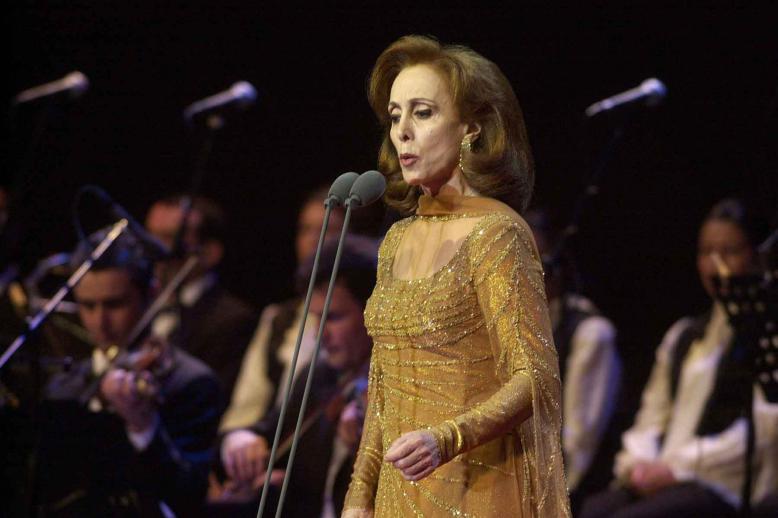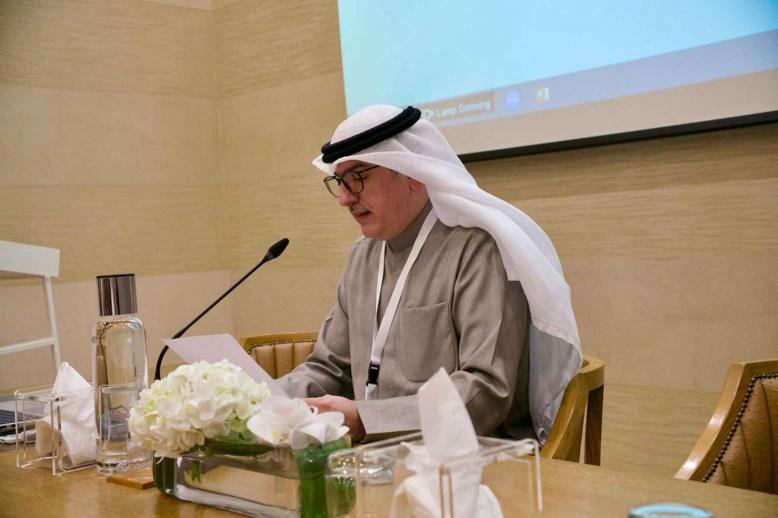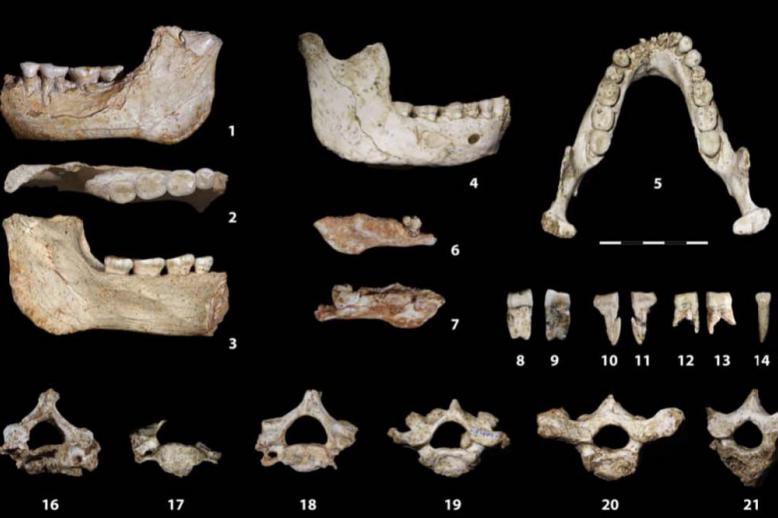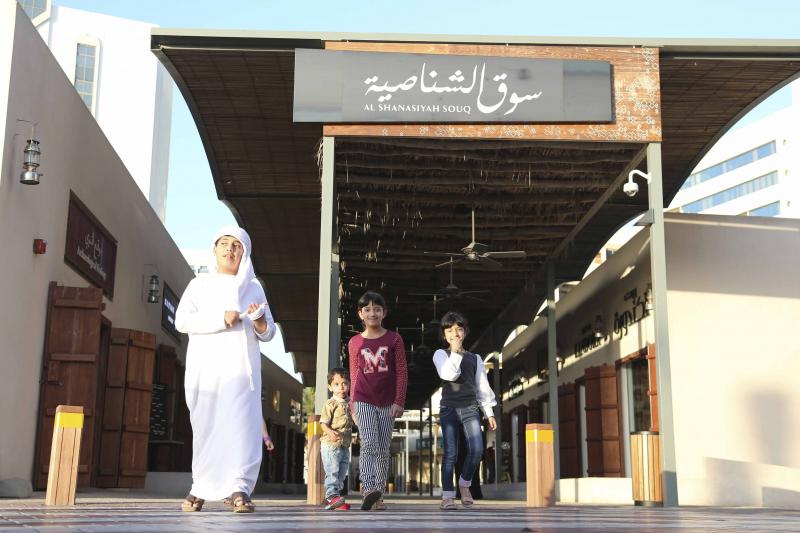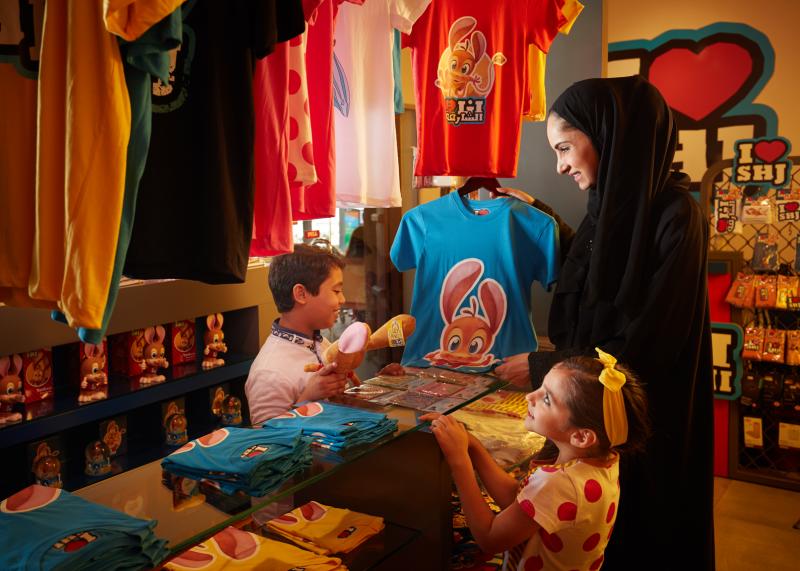
Restored Sharjah souks are magnets for tourism, trade
SHARJAH - Life has returned to Sharjah’s traditional souks, which have been restored under the Heart of Sharjah Project. The project seeks to establish the heritage area as a tourist and trade centre with contemporary artistic touches while retaining the feel of the emirate as it was in the 1950s.
Excavations revealed the foundations of old marketplaces, leading the Sharjah Investment and Development Authority, Shurooq, to begin a long-term renovation project expected to be completed in 2025.
Traditional marketplaces that have been rebuilt include Souk Al Shanasiya, Souk Al Arsah, Souk Saqr and the Old Souk.
It was decided to retain the old name of Souk Al Shanasiya, named after merchants from Shanas in Oman who frequently visited the marketplace, Shurooq officials said. Much of the emirate’s mercantile history was born there.
Along with the souks were settlements, whose fascinating remains were in the area’s excavated archaeological findings.
Souk Al Shanasiya was one of the oldest and most vibrant marketplaces of the Gulf region. Souk Al Arsah, probably the oldest marketplace in the United Arab Emirates, once teemed with traders from Persia, India and local Bedouins.

The areas have seen several transformations with changing times. In the 1960s, part of Souk Al Shanasiya was demolished to give way to the Bank Street. In its present form, Souk Al Shanasiya covers 6,000 sq.metres and its length is flanked by the Sharjah Creek on one side.
There are 17 retail outlets — restaurants, boutique cafes and shops selling gifts and antiques, Emirati fashion and craftsmanship, perfumes and incense, rosaries, dates and traditional sweets — operating in the area. In short, it is a place for time travel.
Most of the businesses along Souk Al Shanasiya are owned by Emirati entrepreneurs who cater to the needs of the present-day traveller with offerings that are quintessentially modern within settings reminiscent of Sharjah’s past.
Ratios Cafe, for example, presents a novel experience. It offers single origin coffee and gourmet nibbles in a space with traditional furniture carved from of an old dhow.
Ghawa Gahwa boutique cafe provides a quiet atmosphere for students looking to study or for a group of friends to unwind over artisan brews and Bahrain-inspired treats or a business professional who wants an environment for a work meeting.
Souk Al Arsah was the meeting place for Bedouins and their camels in the old days. After renovation, visitors can walk along the comfortably air-conditioned alleyways of the market designed with solid wooden doors, coral brick walls and hanging lanterns. The souk is home to numerous quaint stores selling local — new and antique — handicrafts, wooden articles, bridal pearl chests, copper coffee pots, ethnic and handmade jewellery, perfume bottles and incense, medicinal herbs and carpets.
Souk Saqr, an authentic old bazaar also known as Souk Mohamed Bin Saqr, runs parallel to Sharjah Creek. It was a centre for clothes and gold trading. Now a leisurely stroll along the picturesque waterfront allows for exploration of the shops offering spices, henna, clothes and textiles, perfumes, water pipes and flavoured tobaccos. There are also ladies’ tailors specialising in national, bridal and beaded clothes.
The Old Souk is a portal to a bygone era in a city dotted with ultra-modern buildings. The narrow streets are chock-a-block with shoppers hunting for bargains and the air is filled with the fragrance of incense. The souk also harbours Al Daleel Mosque — the oldest mosque in the city.
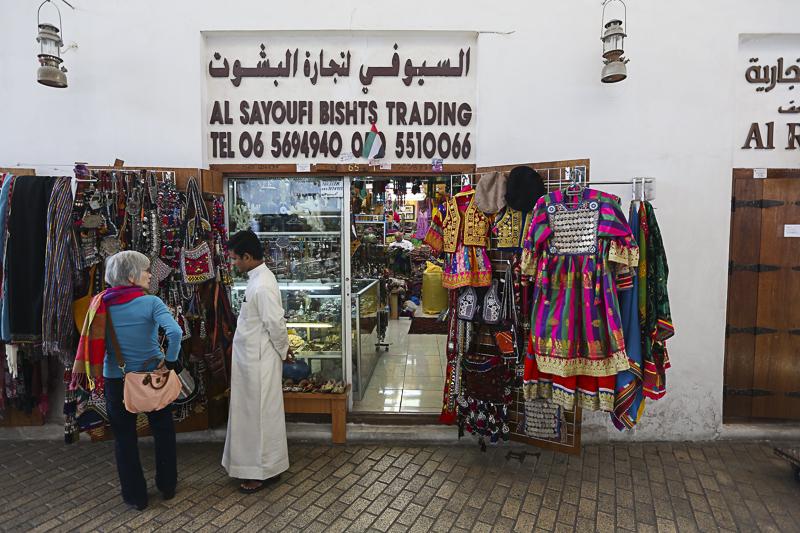
The Art Museum in the Old Souk features a permanent display of works from the collection of Sharjah ruler Sultan bin Muhammad al-Qasimi. Art-related activities occur throughout the year in the many art galleries of the Sharjah Art Foundation in the area.
Sharjah has long played an important cultural and economic role in the region. Sharjah Tourism Vision 2021 aims to attract more than 10 million tourists by the year 2021 when the UAE celebrates its 50th anniversary. Revenues from tourism account for a sizeable share of the emirate’s economy.
The restoration of the traditional souks has been a boon for tourism as well as for the business community. The heritage sites as part of the Heart of Sharjah Project is generating revenue and attracting thousands of visitors.
This article was originally published in The Arab Weekly.


